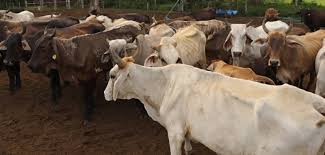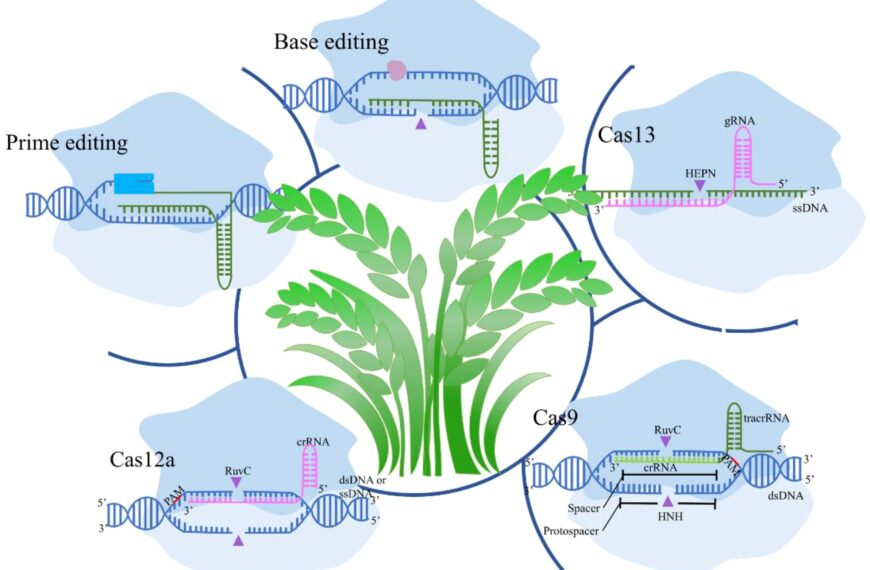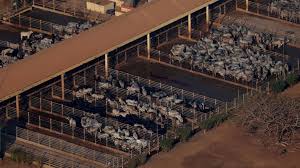
In a significant move for cross-border agricultural trade, the United States has officially resumed imports of live livestock from Mexico after the successful eradication of the devastating New World screwworm. The decision, announced by the U.S. Department of Agriculture (USDA), comes after months of coordinated surveillance and control efforts on both sides of the border.
The screwworm, a parasitic fly that lays its eggs in open wounds of warm-blooded animals, posed a serious threat to animal health and the livestock economy. Once hatched, the larvae feed on living tissue, often leading to severe infections or death if left untreated. Outbreaks of screwworm can quickly escalate, especially in warm, humid climates.
The latest outbreak, detected in late 2024 in southern Mexico, prompted immediate action by the USDA’s Animal and Plant Health Inspection Service (APHIS), in collaboration with Mexican authorities. Aerial releases of sterilized screwworm flies were deployed across affected zones to disrupt the breeding cycle a strategy that has been effective in past eradication campaigns.
By mid-2025, surveillance data confirmed that the parasite had been successfully eliminated from the outbreak zone. Following a comprehensive risk assessment and inspection protocol, APHIS lifted restrictions that had been in place for several months, allowing the resumption of live cattle, sheep, goats, and other livestock imports into the U.S.
“This is a major achievement for both countries,” said Dr. Elena Gonzalez, a USDA veterinary epidemiologist. “It highlights the importance of binational cooperation in managing transboundary animal diseases. The reopening of livestock imports reflects our confidence in Mexico’s disease control measures.”
The temporary ban had disrupted trade for ranchers and exporters along the U.S.–Mexico border, particularly in key livestock-producing states such as Sonora, Chihuahua, and Coahuila. With the ban now lifted, industry leaders anticipate a rapid return to pre-outbreak trade volumes.
“We’re grateful for the quick and science-based response by both governments,” said José Herrera, president of the Northern Mexico Cattlemen’s Association. “This will help stabilize prices and restore confidence among producers and international buyers.”
The U.S. and Mexico share one of the most active agricultural trade corridors in the world, with livestock being a major component. In 2023 alone, the U.S. imported over 1 million head of cattle from Mexico, valued at more than $800 million.
Moving forward, authorities will continue monitoring livestock movement and conducting border inspections to prevent reintroduction. Both nations have reaffirmed their commitment to maintaining strong biosecurity protocols and rapid-response systems.
The successful eradication effort serves as a model for regional cooperation in animal health and disease prevention. It also reinforces the critical role of science-based policy and early intervention in safeguarding agricultural economies.














